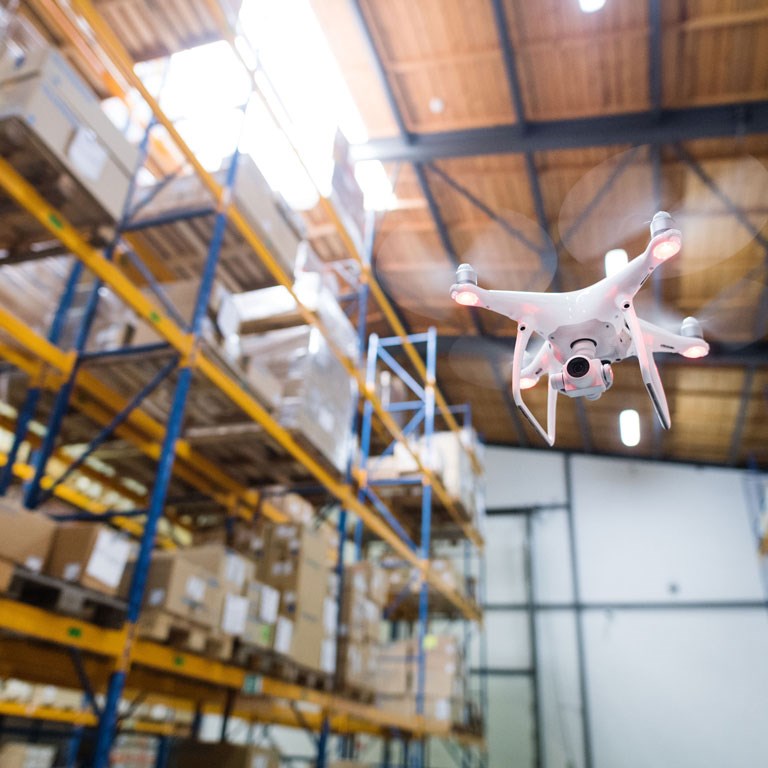Article

The explosive growth of e-commerce has retailers and logistics carriers struggling to manage the “last mile” of delivery to the customer. People want 24-hour service—or even same-day delivery—and to compete, retailers have to provide it. That’s led to fewer and smaller items per consignment, growing complexity and soaring costs.
One solution to those problems is crowdsourcing the last mile of transport. New technology optimizes routing in real time and even helps drivers quickly find parking. Established retailers and start-ups have begun offering crowdsourced delivery services, particularly to cover periods of peak demand or serve suburban zones. But it’s a complicated market and unclear how it will develop. As with Uber, labor unions have argued that new services exploit gig economy workers and pose a public-safety risk since they replace qualified drivers with ordinary people. Logistics companies may need to offer higher rates and better conditions to attract a reliable pool of drivers. And drivers’ abilities are likely to vary widely. Governments, companies and labor unions will need to work through a range of employment model issues.
Meanwhile, we were interested in exploring a different question. Do crowdsourced delivery services really work? We decided to test it ourselves and find out.
One of us signed up as a driver with Blu Couriers, a crowdsourced delivery platform in Australia and New Zealand, owned by Fastway, a unit of global logistics company Aramex. After 30 minutes of training at the company’s Sydney depot, where we picked up 10 parcels, we were ready to go. We downloaded the app and used our own phone to scan our parcels. As we started the car engine, the app had already calculated the most efficient routing and was providing directions to the first drop. Like clockwork, we completed all 10 deliveries within an hour, even though we were driving in an unfamiliar area. If the recipient wasn’t home, we were instructed to leave the parcel on the porch and take a few photographs to confirm the delivery. Within five days, Blu paid us US$14—the agreed rate for 10 parcels, minus taxes and insurance.
For comparison, we accompanied a traditional delivery service driver on a similar route. The driver was far less efficient, in part because he had to plan his deliveries manually. Blu’s per-unit delivery cost for a crowdsourced item on the route we drove was US$1.40—70% less than for the traditional delivery service (US$4.60). The savings result from a higher number of productive drops per hour, thanks to dynamic routing, and lower labor costs.
Since crowdsourced drivers use their own cars and are paid by the parcel, logistics companies save on fuel and maintenance costs. Gig drivers accept that arrangement because they typically drop their parcels on their way to or from work or other errands, adding only marginally to their fuel and maintenance costs. Crowdsourcing also allows logistics companies to avoid paying for the unproductive time drivers spend commuting to and from the depot to collect items, and plotting the delivery route.
The economics of crowdsourcing last-mile delivery will differ from country to country, based on labor laws and routing and piece-rate differences. Other factors affecting cost include the drop density of urban vs. suburban zones, the ability to leave the goods unattended and the availability of alternative drop points. Routing technology also affects the cost of the last mile. Though the business model is still evolving, some of the world’s biggest retailers are experimenting with crowdsourcing to solve the problem of getting an ever-growing number of packages to buyers’ doorsteps efficiently.
Walmart, for example, has partnered with Bringg to launch Spark Delivery, an in-house platform for crowdsourced last-mile fulfillment in the US. Bringg provides Walmart with last-mile delivery capability, which it didn’t have, allowing it to serve its customers directly. But it also helps Walmart manage the service, providing, for example, real-time order tracking, customer service and product returns. In a similar move, Target acquired Shipt to enable same-day delivery to most of the US.
However, crowdsourcing platforms are unlikely to replace entire fleets of traditional drivers. They’re good for lowering the cost of suburban deliveries and attracting drivers for markets where they’re scarce. Blu, for example, handles excess volumes for parent Fastway in suburban areas that are harder to reach and where drop density is lower, making each parcel expensive to deliver. Those conditions often lend themselves to crowdsourcing since the cost is lower, parking isn’t a problem and parcels can be left on the property.
What’s next? Expect to see more retailers experimenting with crowdsourcing models and start-ups offering last-mile delivery. Amazon has launched its Amazon Flex crowdsourced service in Australia. And Walmart’s Bringg recently raised US$54 million in funding.
Last-mile delivery companies are likely to develop different business models from country to country, adapting them to local conditions. We believe providers will need to increase the rates paid to drivers and adjust the conditions to make the service model sustainable. But as the digital economy grows, crowdsourcing the last mile is likely to spread.
Drew Woodhouse is a partner with Bain & Company’s Performance Improvement practice. Gabriel Guedes is a principal in Bain’s Performance Improvement practice. Both are based in the firm’s Sydney office.

Operations Excellence
Companies with best-in-class operations have a strong competitive edge. Bain's insights on operational excellence help leadership teams transform supply chains, procurement strategy, and manufacturing capabilities into strategic weapons.